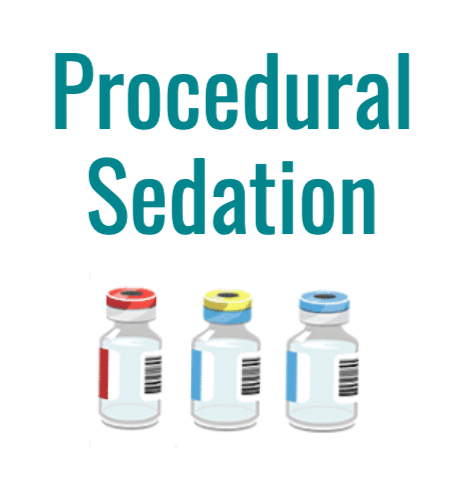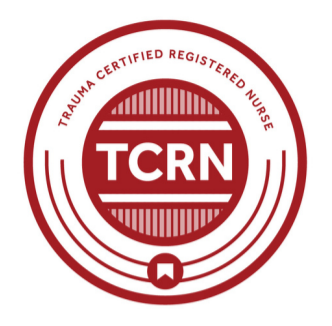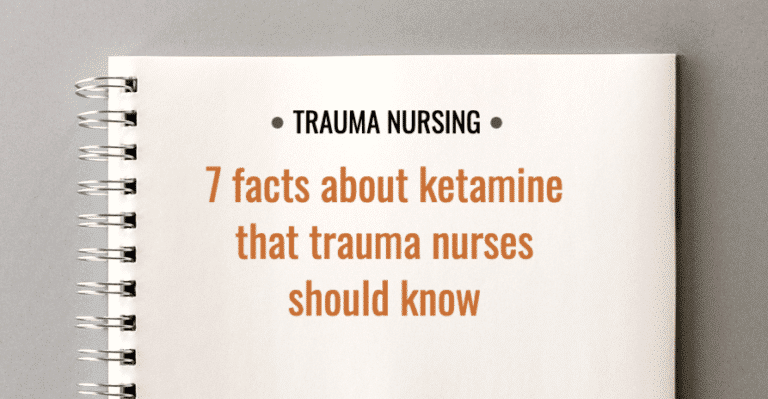Ketamine is a powerful sedative and pain medication with a developing role in trauma care. Trauma and emergency nurses should understand the basic properties of ketamine, how it affects patients, its possible side effects and contraindications for ketamine use.
1. Ketamine is a unique “dissociative sedative”
Ketamine produces a trance-like state in which the patient experiences profound analgesia and amnesia. It does not inhibit airway protective reflexes, and patients retain spontaneous breathing with only minimal cardiorespiratory depression.
2. Ketamine acts quickly and wears off quickly
Ketamine can take effect in as little as 30 seconds. Its duration of action ranges from 5 to 20 minutes. (However, the effect may be prolonged in the elderly.)
3. The properties of ketamine make it suited for brief, painful procedures
Because of its rapid onset, relatively short duration of action and excellent pain control and sedation properties, ketamine is often used for brief procedures that are moderately to severely painful. Typical uses in the trauma population are fracture reduction and laceration repair.
4. “Emergence reactions” are a common side effect of ketamine
The most commonly reported side effect of ketamine in adults is an emergence reaction, which can range from disorientation to dream-like experiences to frightening hallucinations.
According to FDA-approved labeling for ketamine, “Emergence delirium (postoperative confusional states or agitation) has occurred in approximately 12% of patients during the recovery period, and the duration is generally a few hours.”
For patients with known emergence reactions or a history of schizophrenia, alternative medications should be considered. Ketamine can exacerbate schizophrenia and should be avoided in patients with this condition.
5. Patients may also experience nausea and other side effects
Nausea and vomiting are other common side effects of ketamine.
Less commonly, patients may experience tachycardia, hypertension, increased intracranial and intraocular pressure, and hypersalivation.
Laryngospasm and apnea occur rarely, but bag-mask ventilation may be necessary in approximately 1% of sedations.
6. There are several precautions related to ketamine administration
Precautions and considerations related to ketamine administration include:
- Age younger than 12 months
- Active pulmonary infections, including upper respiratory infection (URI)
- Known or suspected cardiac disease
- Suspected increased intracranial pressure (e.g., intracranial mass or obstructive hydrocephalus)
- Porphyria
- Thyroid disease
- Seizures
Absolute contraindications for ketamine include:
- Age younger than 3 months
7. Trauma and emergency nurses may administer ketamine in some states
Each state board of nursing regulates which medications may be administered by non-anesthesia providers as part of the nursing scope of practice.
While some states do not allow nurses to administer ketamine for procedural sedation, all nurses need to be aware of ketamine’s effects whether they are administering it or assisting with the procedure and recovery.
Bonus: The ACS has provided guidance on the use of ketamine for trauma patients
The American College of Surgeons Committee on Trauma, in coordination with the American College of Emergency Physicians (ACEP) and several national EMS organizations, has issued a position statement on the use of ketamine for acute trauma patients.
The statement provides guidance on ketamine indications and contraindications, dosing considerations, potential safety issues, possible complications and side effects, use in patients with specific injuries (head and eye), use in specific populations (pediatric and geriatric), use along with opioids and other drugs, and possible interactions with alcohol and cocaine.
The guidance document is available here: Ketamine Use in Prehospital and Hospital Treatment of the Acute Trauma Patient: A Joint Position Statement.



